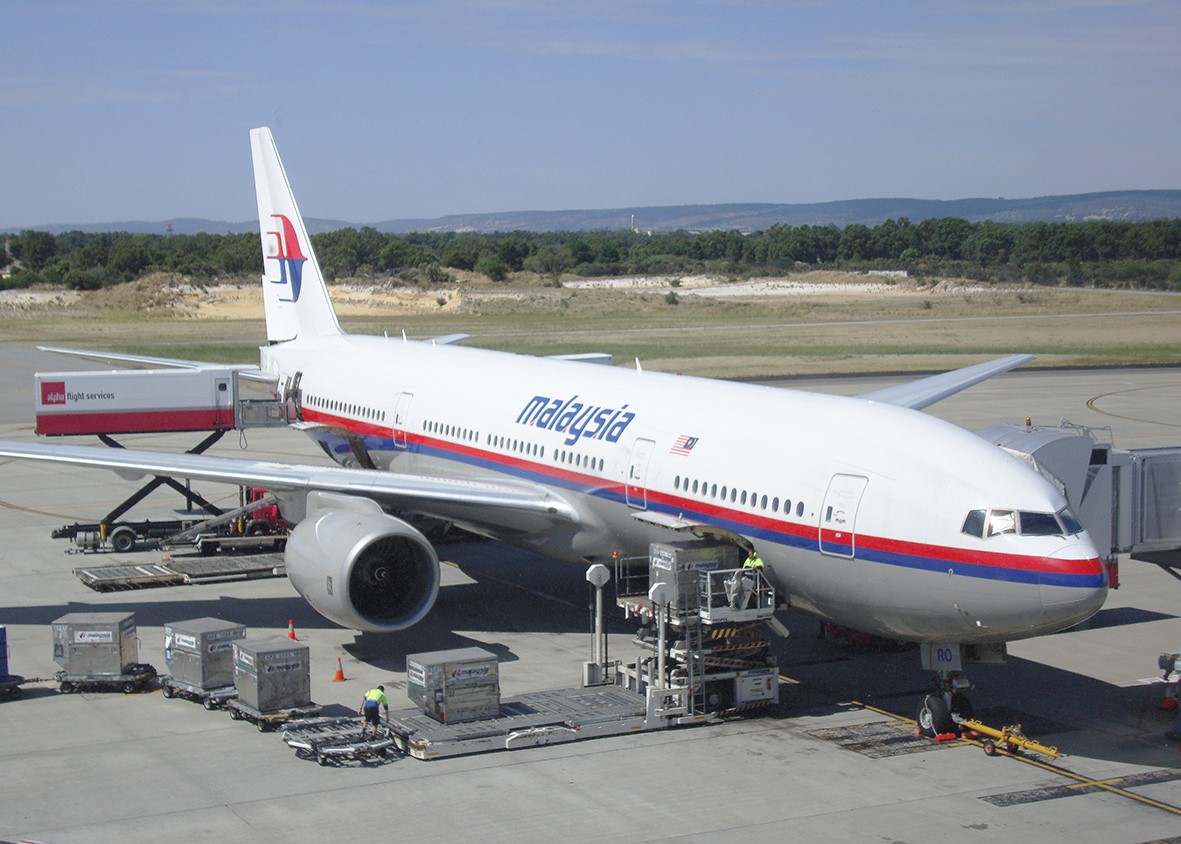British aerospace engineer Richard Godfrey has published a simple explanation to the most commonly asked questions about his revolutionary WSPR tracking technology of MH370.
On November 30 last year Mr. Godfrey identified a far more precise crash position for MH370 in the southern Indian Ocean.
According to Richard Godfrey MH370 impacted the ocean 1,933km due west of Perth at 33.177°S 95.300°E and lies at a depth of 4,000m in a very mountainous area with deep ravines and a volcano.
The location is in the zone where the University of WA Head of Oceanography Professor Charitha Pattiaratchi claims MH370 is located.
Here is Mr. Godfrey’s simple guide.
1. Does WSPR work with regard to detecting and tracking aircraft?
WSPR can be used to detect and track aircraft and detect spacecraft or rocket launches or even volcano eruptions. It is possible to use WSPR at any time, where there are good radio transmission conditions. This is what is often called good space weather.
An example is the tracking of a Qantas flight QF64 from South Africa to Australia:
Another example is the detection of a SpaceX launch:
Another example is the detection of a volcano:
2. Are WSPR transmissions limited by noise levels to short distances?
There are currently around 3 million WSPR transmission signals sent, received, and recorded in the WSPRnet database each day. Around 500,000 transmissions each day are over a distance of 3,000 km or more. WSPR signals are frequently recorded propagating over distances up to 20,000 km. This is limited by the WSPRnet data recording technology to halfway around the globe, but in actual fact is longer than 20,000 km in some cases.
You can download the data here
Transmission power ranges from 0 dBm (0.001 Watts) to 60 dBm (1,000 Watts) and is typically 30 dBm (1 Watt). To give you a comparison, CISCO found in a 2018 study that IOS devices like the iPhone usually transmit between 9 dBm (0.008 Watts) and 14 dBm (0.025 Watts). The SNR of the WSPR signals received after having propagated over 3,000 km ranges from +29 dB to – 44 dB and are typically -19 dB. At transmission power levels of 10 Watt (corresponding to 10 kW of radar transmission power) as well as at times when the Solar Flux Index (SFI) is greater than 120 you can easily see aircraft detections and track aircraft over thousands of kilometers.
Fortunately, the 11-year-long solar cycle 24 was close to its peak in early March 2014 during the flight of MH370 with a high Sun Spot Number (SSN) and SFI of 145.
There is also excellent land and sea clutter suppression if the target speed is higher than 25 knots due to almost Continuous Wave (CW) operation.
3. Is it possible to use secondary WSPR data from the WSPRnet historic database?
Primary WSPR signals will contain more information than secondary WSPR data recorded in the WSPRnet historic database. Many primary WSPR signals do not make it into the secondary historic database.
The WSPR receiver takes 110.484 seconds to receive the 162 symbols in the WSPR protocol. In the remaining 9.516 seconds of the 120 second cycle time, the signals are processed. During the 2 minute interval, you will usually see the SNR is constantly varying unless it is an unusually stable signal. Not only the signal level but other parameters such as the signal frequency change, due to multi-path signals or angular scattering by the target aircraft.
During the 2 minute time interval, we have different SNRs and different frequencies and the database just shows an average. Any SNR anomaly is based on the average SNR over the 2-minute cycle. Any drift anomaly is based on the average frequency drift over the 2-minute cycle. The frequency drift has almost nothing in common with the frequency changes in the sub-signals within the main signal. The average drift rate is just an indication that something is going on within the time interval. Signals with a drift greater than ± 4 Hz/minute will not make it into the historic database.
Conclusion
Detecting and tracking aircraft is possible using WSPR technology. In particular detection and tracking of flight MH370 in March 2014 is possible because of the WSPRnet historic database. The HF ionospheric propagation conditions were at a peak in March 2014 and provide the best possible space weather for optimum usage of WSPR technology.
We will publish subsequent papers, posts, or comments with further analysis as appropriate. A patent application has also been submitted.
The alignment of WSPR historic data, with Boeing performance data, Inmarsat satellite data, and the Oceanographic drift analysis of the MH370 floating debris all point to a crash location at 33.177°S 95.300°E.
























